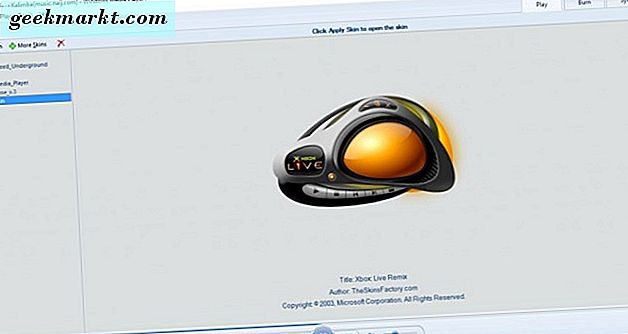

How to update media player windows 10 software#
It has all the basics that a standard media playing software has, and it can play videos in common formats that can be opened effortlessly. For decades, Windows Media Player has been the primary media player on the Windows platform. If you are a Windows user, Windows Media Player should not be something new. Solution 3: Use a third-party universal video player.Solution 2: Use Windows Media Player Auto-update Function.Solution 1: Update Windows Media Player Codec manually.If you cannot find the specific codecs you are looking for, we will also introduce an alternative and universal video player that has support for more video codecs and formats. In this guide, we will look at Windows Media Player codecs, and how you can update them if you have outdated ones. Newer ones are being released and they are grouped together under a variety of umbrellas. Changes to these codecs are always happening as technology advances. There are also transformative codecs which cut the video material into smaller chunks before they have been compressed. There are lossy codecs, which lose a small amount of information, although they compress material into a much smaller formats which is ideal for internet sharing. There are lossless video codecs, which always reproduce videos exactly as they were without any loss in quality. There are various types of codecs available for use. Codecs can also be used in a physical piece of hardware, like your camera, turning incoming video and audio into a digital format. Moreover, codecs are computer codes that perform their function whenever the video files are requested or called by a piece of software. Therefore the codec exists for that purpose, because it encodes and compresses the data for storage or sending, then decompresses for playback or editing. So what does that mean for videos? Quite simply, video files can be very large, and they need a way to make them smaller.
How to update media player windows 10 how to#
If you like this article, do check out how to uninstall Internet Explorer in Windows 10.The word codec is the meaning of two words: coder and decoder. If you are stuck or need some help, comment below and I will try to help as much as possible. It is that simple to disable or remove Windows Media Player in Windows 10. If you want to reinstall Windows Media Player via PowerShell, use the below command.


There is no need to restart Windows to make the changes take effect. Disable-WindowsOptionalFeature –FeatureName "WindowsMediaPlayer" -OnlineĪs soon as you execute the command, the PowerShell will uninstall the Windows Media Player. In the PowerShell window, execute the below command. To do that, search for “PowerShell” in the start menu, right-click on it and select “Run as Administrator” option.Ģ. First, open the elevated PowerShell window. The best thing about this method is that you don’t have to go through obscure pages.ġ. 2] PowerShell Command to Uninstall Windows Media PlayerĪs an alternative, you can also use a simple PowerShell command to uninstall the Windows Media Player. Now, find Windows Media Player in the list, click on it, and then click on the “Install” button. If you want to reinstall Windows Media Player again, go to the same Optional Feature page, click on the “Add a feature” button. To make the changes take effect, reboot Windows. Once you see the list, scroll all the way down, click on the “Windows Media Player” option and then click on the “Uninstall” button.Īs soon as you click on the button, Windows Media Player will be uninstalled silently in the background. It can take a couple of seconds to load the installed optional features list. This action will take you to the optional features page. On the right panel, click on the “Optional Features” link under the Apps & Features section.ģ. After opening the Settings app, go to the “Apps → Apps & Features” page.


 0 kommentar(er)
0 kommentar(er)
